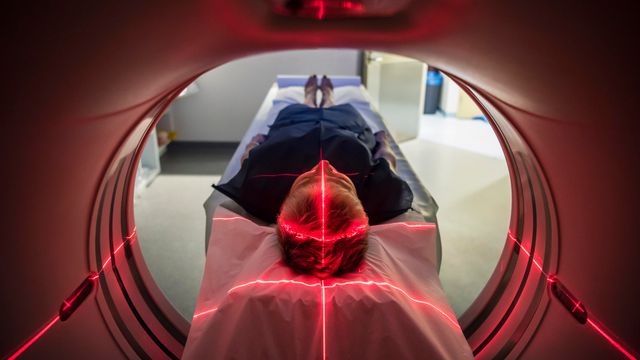Thank you. Listen to this article using the player above. ✖
Want to listen to this article for FREE?
Complete the form below to unlock access to ALL audio articles.
Researchers at the University of Queensland have developed a custom-built device that integrates ultrasound and imaging technologies to monitor how individual cells respond during experimental drug delivery into the brain. The approach focuses on refining the safety and effectiveness of a method known as sonoporation, which uses sound waves and microscopic bubbles to allow drugs to pass through the blood-brain barrier.
Blood-brain barrier
A protective network of blood vessels and cells that blocks most substances, including many medications, from entering the brain from the bloodstream.
Sonoporation
A drug delivery method that combines ultrasound with microbubbles to temporarily open cell membranes or tissue barriers, such as the blood-brain barrier, allowing substances to pass through.
The blood-brain barrier is a protective structure that restricts most drugs from reaching the brain. While this defense mechanism is essential for shielding brain tissue from harmful substances, it also limits the effectiveness of drug therapies for neurological disorders.
Tracking how brain cells respond to sonoporation
Dr. Pranesh Padmanabhan, from the School of Biomedical Sciences and the Queensland Brain Institute, led the five-year effort to design the new system. It enables real-time observation of cells at high resolution during and after ultrasound exposure. According to the research team, the tool offers a way to track how cells change and recover after treatment, improving understanding of how the technique works at both the molecular and cellular levels.
Sonoporation involves the injection of microbubbles into the bloodstream. When exposed to ultrasound waves, these bubbles vibrate and create mechanical stress on nearby blood vessels, including those in the brain. This stress opens a small, temporary pore in the barrier, allowing drugs to enter the brain tissue.
Informing future treatment strategies
By capturing cell-level changes throughout this process, the researchers aim to develop safer and more targeted protocols for drug delivery. While the tool was designed with neurodegenerative diseases in mind, such as Alzheimer’s and Parkinson’s disease, it could also have applications in cardiology and oncology, where sonoporation is being explored for other types of drug delivery.
Currently, less than 2% of small molecule drugs successfully reach the brain, making effective and safe delivery methods a significant challenge in neuroscience. The data gathered from this device could help optimize treatment timing and dosage, reducing potential side effects while improving uptake.
Reference: Lee JLF, Song J, Amor R, et al. High-resolution imaging reveals a cascade of interconnected cellular bioeffects differentiating the long-term fates of sonoporated cells. J Controlled Release. 2025:113974. doi: 10.1016/j.jconrel.2025.113974
This article has been republished from the following materials. Note: material may have been edited for length and content. For further information, please contact the cited source. Our press release publishing policy can be accessed here.
This content includes text that has been generated with the assistance of AI. Technology Networks’ AI policy can be found here.



